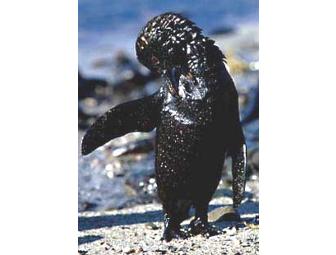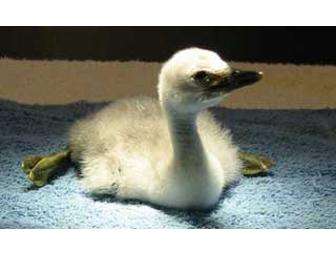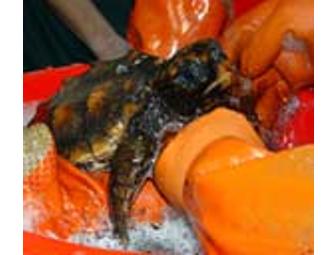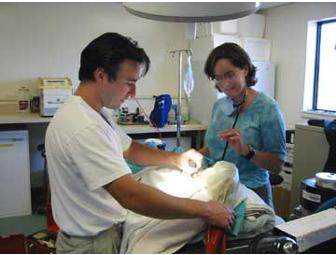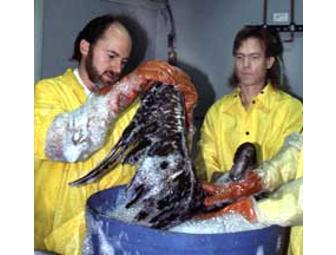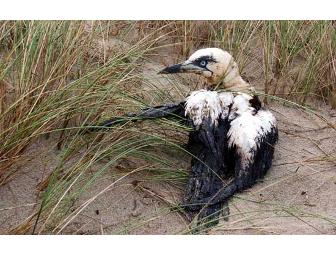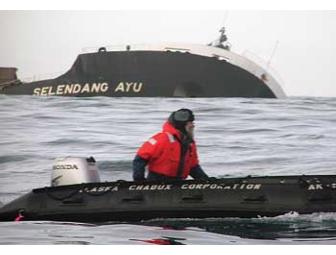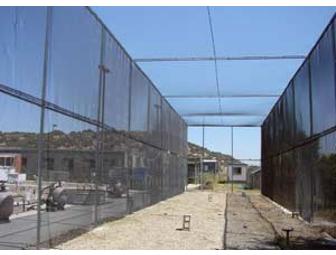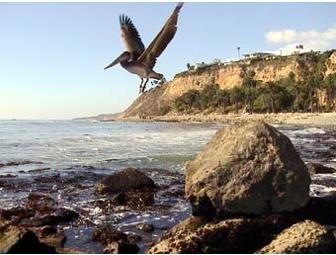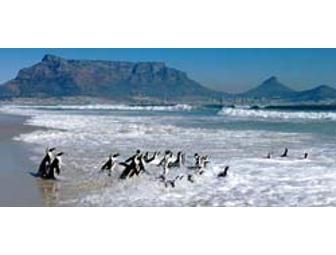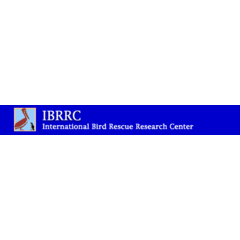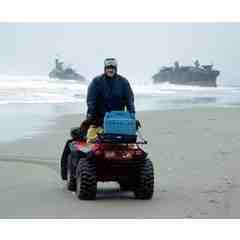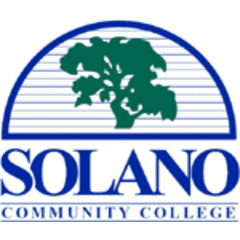Life Experience
San Francisco Oiled Wildlife Care and Education Facility, Wildlife Veterinarian for a Day Experience
- Item Number
- 2098
- Estimated Value
- Priceless
- Sold
- 300 USD to 1087
- Number of Bids
- 4 - Bid History
Item Description
San Francisco Oiled Wildlife Care and Education Center, Wildlife Veterinarian for a Day Experience!
Spend the day at the San Francisco Oiled Wildlife Care and Education Facility at the International Bird Rescue Research Center located next to the Suisun Marsh in Cordelia, California.
You and your guest will:
- Receive an orientation and tour of the facility by Executive Director of the International Bird Rescue Research Center, Jay Holcomb
- Meet a University of California Davis Veterenarian and learn about her work with the IBRRC
- Learn safe handling of birds and washing technques
- Meet available staff and volunteers at the facility
- Learn about volunteer opportunities (which require training and committment)
- Receive an IBRRC Tee Shirt
- Receive a one year free membership in IBRRC and volunteer training at a later date
- After your day at the IBRRC you will be called at a future date to be present at the very emotional culmination of the IBRRC hard work - the release of rescued, rehabilitated birds or animals
IBRRC's new headquartes is part of a 10,000 square foot state of the art facility on three acres next to the Suisun Marsh | ||||||||
| ||||||||
In 2001, the International Bird Rescue Research Center, in partnership with California's Oiled Wildlife Care Network (OWCN), opened two new oiled wildlife care and educational facilities in California. The first to open, the San Francisco Bay Oiled Wildlife Care and Education Center, is located in Cordelia, California at the northern end of San Francisco Bay. This facility contains IBRRC's new headquarters and the International Training Center for Oiled Wildlife Response. The second center was built in Southern California at San Pedro, California. The IBRRC programs offer individuals and organizations, dedicated to oiled wildlife response, an opportunity to gain hands-on and practical experience in oiled wildlife care and response.
This 10,000 square-foot facility has the capacity to house up to 1,000 oiled birds during one event and also houses IBRRC's local education program and our ongoing aquatic bird and mammal rehabilitation program. A 2,000 square-foot adjoining building is devoted to office space for IBRRC staff, a research library, training and education. The oiled wildlife building contains rooms devoted to intake, food preparation, surgery, necropsy, a wash and rinse room with 12 stations, and walk in freezers capable of storing up to a ton and a half of fish. Built on three acres of land bordering the Suisun Marsh, the outdoor areas have cold pools and warm therapy pools. With aviaries of different sizes will allow recuperating birds to be in natural light. _________________________________________________________________________________________________
Did you know that a seemly harmless dime-size glob of oil could kill a bird? We may learn about the devastating effects of spills that occur when tankers accidentally loose their cargo, but there are thousands of small spills occurring daily around the world that go unreported and unnoticed. Millions of water birds die every year due to oil from a plethora of sources, from jet skis and motorboats, to oil washed off streets and into storm drains after rain. When you look at a bird covered in oil it is difficult to imagine how it could ever be cleaned, much less survive. It used to be thought that washing a bird with soap would remove the natural oils from its feathers, causing the bird to loose its insulation and waterproofing, which would lead to its death. It's true that birds have an oil producing gland, and when they preen they spread this oil on their feathers, but it is only a conditioner. What keeps birds waterproof is the position of the feathers. What a bird is doing when it preens is carefully aligning each feather, which is made up of a shaft, veins, and tiny barbs that connect the veins into a tightly woven unit. This feather structure does not allow water or air to penetrate and provides buoyancy and insulation. The feathers overlap each other like the shingles on a roof to create an entire waterproof covering for the bird. Properly aligned feathers will not allow water or air to penetrate and ensures that the bird is buoyant and insulated from the cold. Every day birds spend considerable time preening because if their feathers are not perfectly aligned it could literally mean death.
When a bird encounters oil on the surface of the water, the oil sticks to its feathers, causing them to mat and separate, impairing the waterproofing and exposing the animals sensitive skin to extremes in temperature. This can result in hypothermia, meaning the bird becomes cold, or hyperthermia, which results in overheating. Instinctively, the bird tries to get the oil off its feathers by preening, which results in the animal ingesting the oil. This ingestion can cause severe damage to the bird's internal organs. The focus on preening overrides all other natural behaviors; including feeding and evading predators, making the bird vulnerable to secondary health problems such as severe weight loss, anemia and dehydration. Many oil soaked birds loose their buoyancy and beach themselves in their attempt to escape the cold water. The fortunate ones are picked up by concerned citizens or capture crews. The birds that are brought to rescue centers are often frightened, cold, emaciated, dehydrated, exhausted and suffering from the internal effects of oil. Initial procedures may involve cleaning the eyes, nasal and oral passages of oil and dirt, applying saline eye solution, giving oral fluids and activated charcoal solution, but not washing. To wash a bird that is already highly stressed and not medically stable could mean death. Many oiled bird's die because well-meaning people, anxious to get oil off the bird, wash it immediately, resulting in death from stress. It is actually more important to give oiled birds the much needed nutrition, hydration and medical treatment they need before they are washed. Once stable, oiled birds go through a series of tub washes alternating between baths with a one percent solution of Dawn dishwashing liquid and clean water. The wash time varies depending on the amount of oil, and the size of the bird, but on average it takes two people 45 minutes and 300 gallons of water to do a thorough washing. After being washed, the birds are put in net bottom cages with warm air dryers. The final steps are to put them in warm water pools, where they continue to preen, and finally into cold pools. Birds in rehabilitation are checked constantly to make sure that they are completely waterproofed and when their blood work and weight are in the normal range, they are banded and released. |
Item Special Note
SPECIAL NOTE:
- You must contact the the Center within one month of the close of the auction to schedule your DAY.
- Scheduling is subject to mutual agreement based on the work load at the center
- Your day may be interrupted by wildlife emergencies, including oil spills
- In case of interreption or delay, the staff of the IBRRC will work with you to reschedule your time at the Center.
- You and your guest must be 18 years of age or older. Speak to the Executive Director in case of special circumstances. However, he reserves the right to maintain this age requirement.
- Any additional people you request and are approved will necessitate an additional donation to be paid to the IBRRC at the discretion of the Executive Director.
- Due to the nature of this experience and the importance of the IBRRC program, "pretty much everything" will be at the discretion of the Executive Director.
- You may bring a picnic lunch. There is fast food service near the 80 freeway access to the location. If you're lucky one or more of the staff will join you for lunch.
- If you're coming from out of town, there are numerous hotels in the vicinity, all near the 80 off ramp near the faciity.
| San Francisco Oiled Wildlife Care |
| 4369 Cordelia Road |
| Cordelia, CA 94534 |
| Main line: (707) 207-0380 |
Wildlife hospital: (707) 207-0380 ext. 110 |
Solano Community College Foundation stores data...
Your support matters, so Solano Community College Foundation would like to use your information to keep in touch about things that may matter to you. If you choose to hear from Solano Community College Foundation, we may contact you in the future about our ongoing efforts.
Your privacy is important to us, so Solano Community College Foundation will keep your personal data secure and Solano Community College Foundation will not use it for marketing communications which you have not agreed to receive. At any time, you may withdraw consent by emailing Privacy@frontstream.com or by contacting our Privacy Officer. Please see our Privacy Policy found here PrivacyPolicy.

